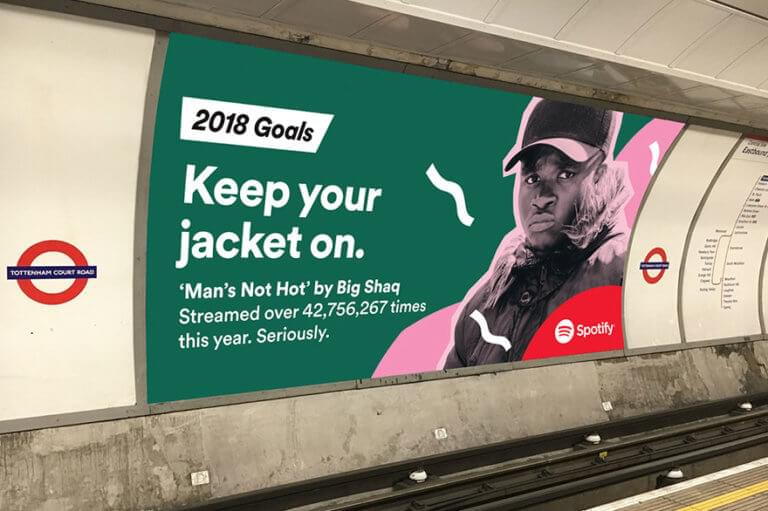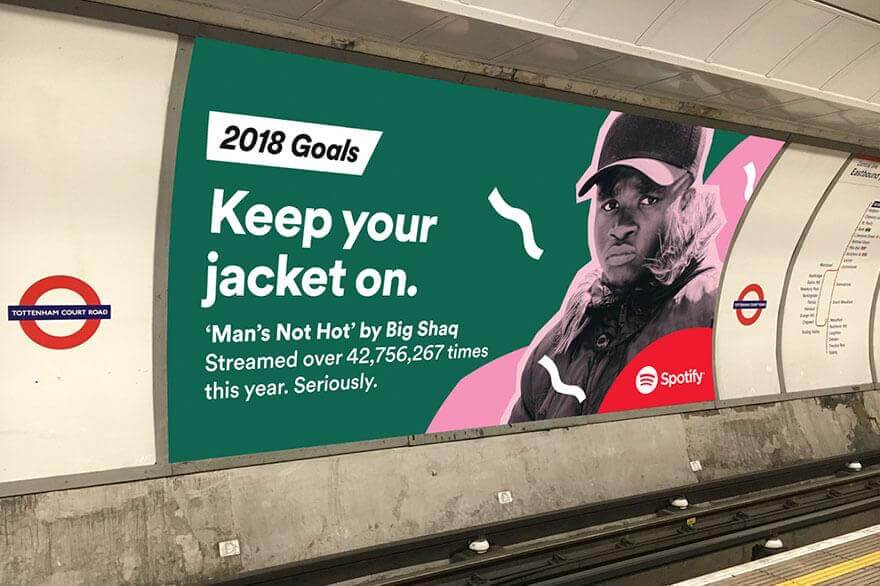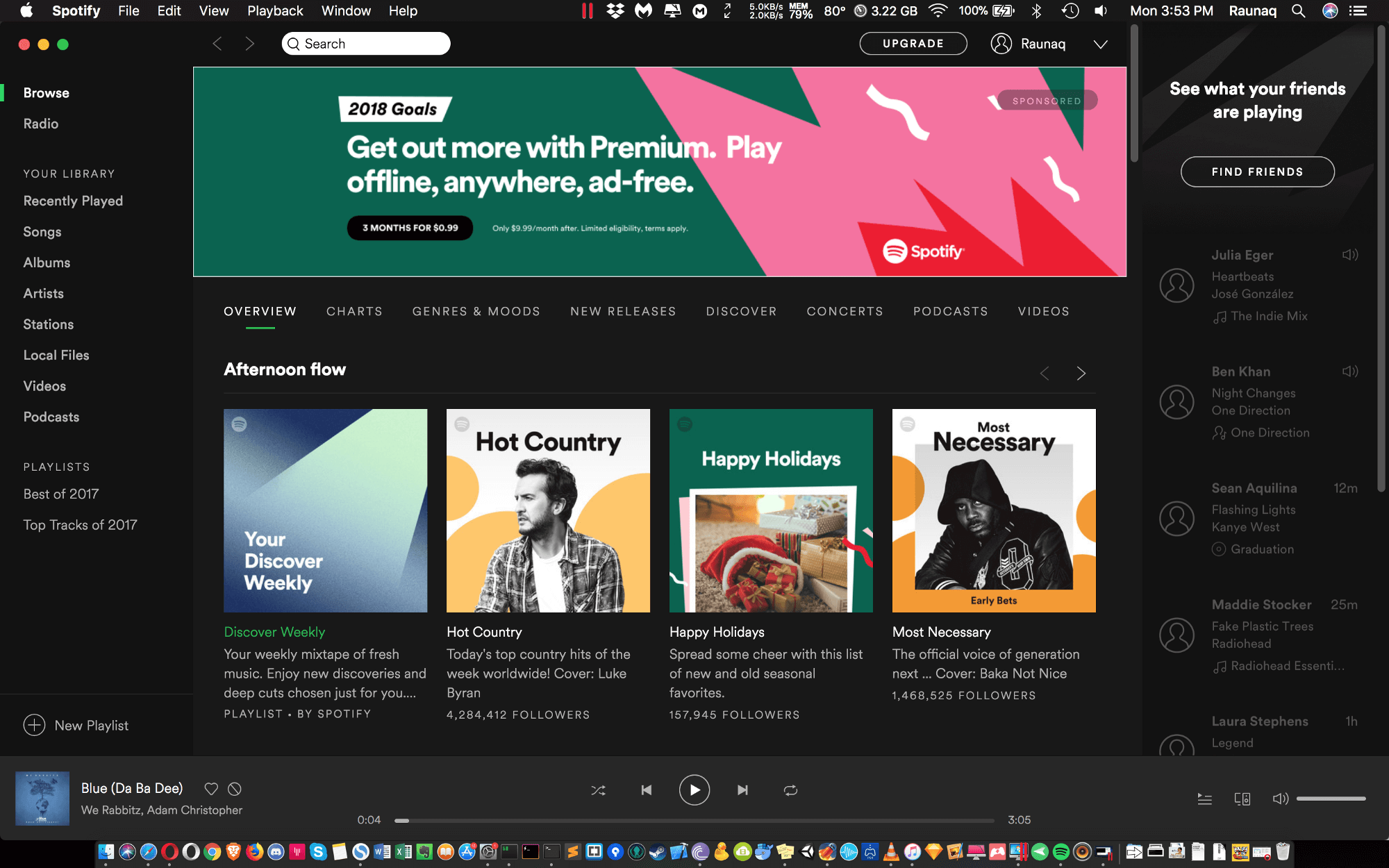
Too many brands treat billboard ads like loose puzzle pieces – they scatter them haphazardly through city landscapes, hoping that audiences will remember them. But that’s a poor strategy. A billboard ad, a truck ad or any other form of advertising should contribute to a bigger picture, a puzzle of sorts.
With that said, how can a billboard fit an omnichannel brand strategy? The concept of omnichannel strategy seems very new-age and trendy and doesn’t sound like it would have much to do with traditional OOH ads.
However, that couldn’t be further from the truth. Even traditional, offline channels and ads can tie in with a broader omnichannel brand strategy if done correctly.
Define: Omnichannel – A 101 On This New Age Brand Strategy
Hubspot defines omnichannel as a “multi-channel approach to marketing, selling, and serving customers in a way that creates an integrated and cohesive customer experience no matter how or where a customer reaches out.”
In other words, an omnichannel experience involves multiple mediums that provide a familiar experience for a customer simultaneously. To illustrate, imagine your favourite restaurant or retail store.
Whether you’re seated at a table or standing in a line, maybe there’s an iPad available for you to browse through a menu or clothing selections. If you went on their website, the navigation and features would look exactly like what’s on the iPad screen. And the same would be true for their mobile app.
If you could place all three devices side by side, the experience on all them would be identical. That, in essence, is what an omnichannel experience looks and feels like. And the numbers show that it’s a powerful strategy: brands who adopted this approach experience an average engagement rate of 89%.
Where the OOH Piece Fits Into the Marketing Puzzle
“But what you just described above is all digital”, some of you say. And yes, omnichannel strategies tend to focus mainly on digital platforms, which only makes sense considering that’s where much advertising lives nowadays.
However, offline channels have a place in an omnichannel experience. If you have a website, social presence or even an app, an offline ad such as a billboard can still add to the experience online. How so?
Well, out-of-home ads are still one of the best ways to build brand awareness. And brand awareness ads serve as the gateway to everything else about your brand including those digital platforms that exist within an omnichannel ecosystem.
Think of a billboard or truck advertisement as a starting point for a digital experience. There are a few ways to accomplish this:
Two Simple Methods To Include a Static Billboard In an Omnichannel Brand Strategy
- Call-to-actions – A simple way to get traffic to your site or signups for an app is to simply ask passersby to visit the site or sign up for the app on the billboard itself. Of course, the copy will vary based on your creative execution and needs to be exceptionally written. But there are many ideas to try such as running a contest or offering incentives for doing so.
- Blend the creative with the technical – What do we mean by this? It means making the billboard an interactive piece, and that doesn’t mean it has to have a digital display. For example, you could incorporate a user-generated campaign where passersby have to snap Instagram pics of themselves or mention your Twitter handle. Again, the billboard, in this case, serves as a jump off platform where users follow its direction to engage with your digital channels.
The benefit of using these two methods is that you can track customers who use the billboard as an entry point for landing on your website, social pages or apps. It’s a good way to measure an offline billboard’s effectiveness and a relatively unobtrusive way to acquire online traffic.
Optimizing An Outdoor Ad To Extend the Brand Message
Now the trick for infusing out-of-home ads into an omnichannel experience is making sure that they look like they belong. That’s tricky because offline media is static (unless it’s a digital display) while online media is often dynamic and interactive. And that’s okay.
All that matters is that billboard or truck ad mirrors your online pages. The billboard ad should resemble your website or social page, visually, tonally and thematically.
Here’s an example of this from Spotify.
Offline Component – Billboard
Online Component – Interactive Banner Ad
Sure, they’re different in functionality. But notice how the billboard and the banner at the top of the Spotify page are visually and tonally similar. The colours look the same, the copy is casual in both ads, and the branding elements look mostly the same.
Even if the billboard ad is static, it looks like a natural fit with the interactive banner ad on the Spotify page simply because it maintains a similar look. You can do what Spotify did and take things further by adding a call-to-action on the billboard which would encourage viewers to check your online page.
Out of Home But Not Out of Sight
Out-of-home advertising doesn’t naturally extend into digital platforms, but the use of simple call-to-actions (combined with compelling ideas) can direct viewers to a digital platform. As mentioned in the previous section, the main thing is to connect the billboard to your online channels utilising consistent visual and verbal branding. By doing so, your billboard, which sits in front of thousands of eyeballs will serve as a doorway to your website without looking out of place.




